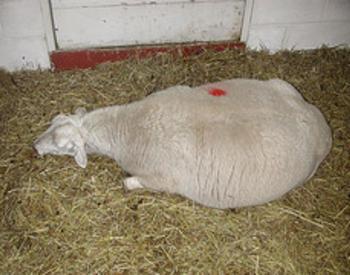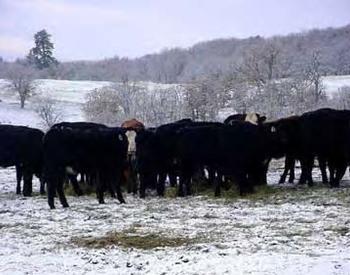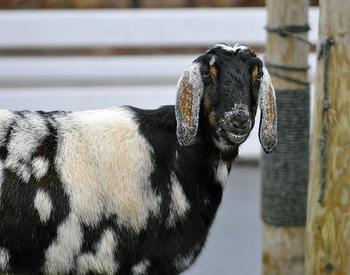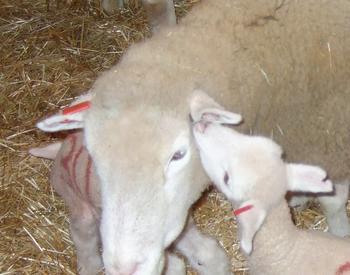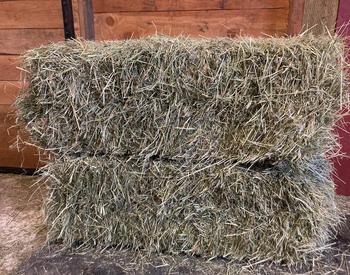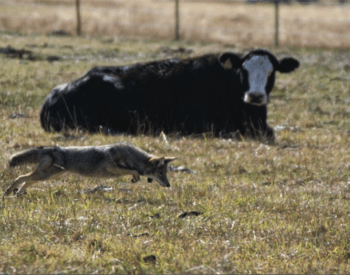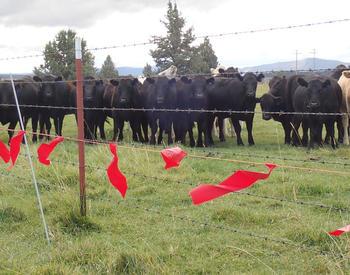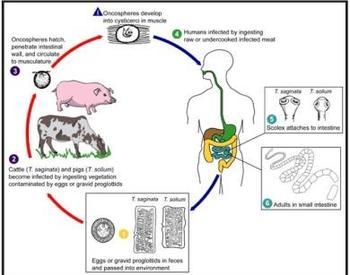Footrot vaccination of sheep can provide multiple benefits when vaccine strains match.
- Research has shown a 7.1-pound increase in lamb weight gain when suckling footrot-free, compared to infected, ewes.
- Ewes infected with footrot are less productive overall.
- With less footrot in the flock, less labor is needed for treating animals.
In 1999, trials were conducted as part of the recertification process for a footrot vaccine. The trials were a cooperative effort among OSU Extension, the producing pharmaceutical company and two Douglas County sheep producers.
Due to differences in the strain of the footrot organism, the vaccine was effective in only one flock.
Comparing lamb weight gain in the two flocks, the ewes in the flock that responded positively to the vaccine had the potential to increase annual revenues by $0.97 per ewe over the cost of vaccination. On the other hand, using a vaccine that does not match your flock’s strain would not be beneficial and would cost you $2.00 per ewe annually.
With the 18,000 ewes that were in Douglas County, there was a potential revenue increase of $26,689 annually by using vaccine trial and other research information.


